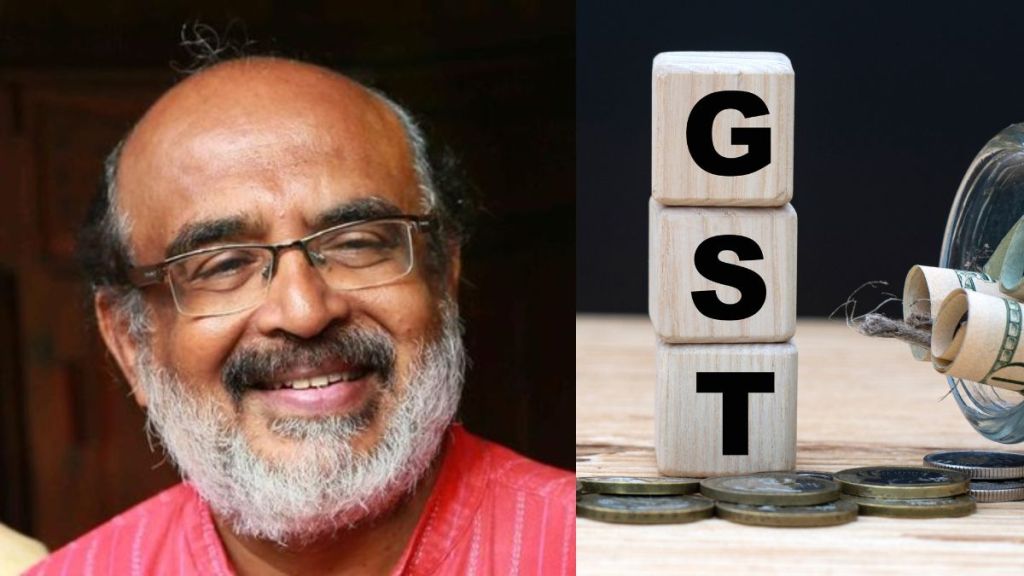By TM Thomas Issac, Ex-Finance Minister, Kerala
The present round of reductions in GST rates is a populist measure with an eye to the imminent state elections. The hype that is being made about its potential benefits to the consumer and the economy are more myths than
reality.
Myth 1: India’s GST rates are too high and an impediment to acceleration of growth.
Reality: The weighted average rate of GST in 2017 was only 15.3% which was much below the combined burden of central excise and service tax and a plethora of state indirect taxes and their cascading effect. The successive reductions in GST rates, including the current one, have reduced the weighted average to 9.8% which is one of the lowest rates of indirect tax internationally. The European countries operate under variants of the VAT system with a minimum standard rate of 15%. The average for EU-27 is approximately 21%. BRICS have both GST and VAT.
Average standard rates for Brazil, Russia, China and South Africa are 17%, 20%, 13% and 15% respectively. The average of BRICS including new members would be above 14%. It is well known that India’s tax-GDP ratio is much lower than the developed countries whose average is 34.1%. India`s ratio of 11.7% (around 18% for Centre and states combined) is lower than other BRICS countries that have a tax-GDP ratio of around 20%. High tax rates must be seen from the perspective of the economic role of the state particularly with reference to redistribution. Small wonder, India, one of the fastest growing economies, is at the bottom of every global development index.
Myth 2: India`s GST rates multiplicity is a drag on ease of doing business and increases the complexity of the tax system.
Reality: Just a glance on the maze of multiple taxes and rates that existed before GST should be enough to appreciate how much simplification has taken place with introduction of GST. Before we think of further simplification it is important to ponder about the principle of equity in taxation.
Oxfam reports that in 2020-21 around 65% of GST revenue came from the bottom 50% of the population and only 3% of it came from the top 10%. The rate reductions have taken place mostly on goods consumed by the top 10%, and this has grave implications for even the modicum progressivity that existed in the tax system.
Myth 3: With reduction in GST there will be corresponding reductions in the prices and consumers will benefit.
Reality: In 2018, when the average GST rates were slashed from 15.3% to 12.2% the consumers did not benefit. The Kerala government at that time carried out a study of 25 companies and price behaviour of the consumer products. We found that consumers did not significantly benefits from the rate cuts. The big corporate houses were the primary beneficiaries. Everyone in GST Council was aware of this behaviour so much so that the National Anti-Profiteering Authority (NAA) was established. Nothing very much came out of this enterprise and today its responsibilities have been taken over by the Competition Commission.
In perfect competition tax reduction would be passed on to consumers. But given the oligopolistic market structure the corporate interests have the decisive say. In certain sectors some of the tax reductions would be passed on to consumers but by and large it would go to swell corporate profits.
Myth 4: The reduction consumer prices will boost consumer demand and with its multiplier effects will neutralize the negative impact on initial loss of revenue.
Reality: This myth has been most vigorously argued by Ecowrap of SBI Research (Issue # 21, FY26 19-August-2025). Their argument is that reduction in GST rates and the tax cuts announced in the Budget would result additional consumption as high as 1.6% of GDP. So much so the loss of revenue “is likely to be more than compensated by the potential gain in revenue post the GST cut”. This myth is generated under the assumption that everything else other than the tax reduction and price reduction remains the same. This is indeed a brave assumption in Trumpian times. There is every likelihood that the tariff tantrum will result in deceleration of growth and depreciation of rupee will have a negative impact on import bills.
The expectations regarding tax cuts leading to increase in purchasing power and consumption neutralising revenue loss is unlikely to materialize. The so-called simplification of GST rates announced by the PM in Independence Day speech
and steamrolled in the GST Council will be devastating for state revenues. The GST rates that have already been rendered below revenue neutral rate, by 2018 pre-election simplification, will now shrink further.
The states were promised that GST revenue would grow by 14% per annum and any fall below this mark would be compensated. But the average growth has been only 11.08% in the last eight years. And the compensation period
ended three years ago. Now with the current rate cut the increase in revenue is going to be at the rock bottom. States must be compensated for the loss. And the Union government is silent on this vital point.


